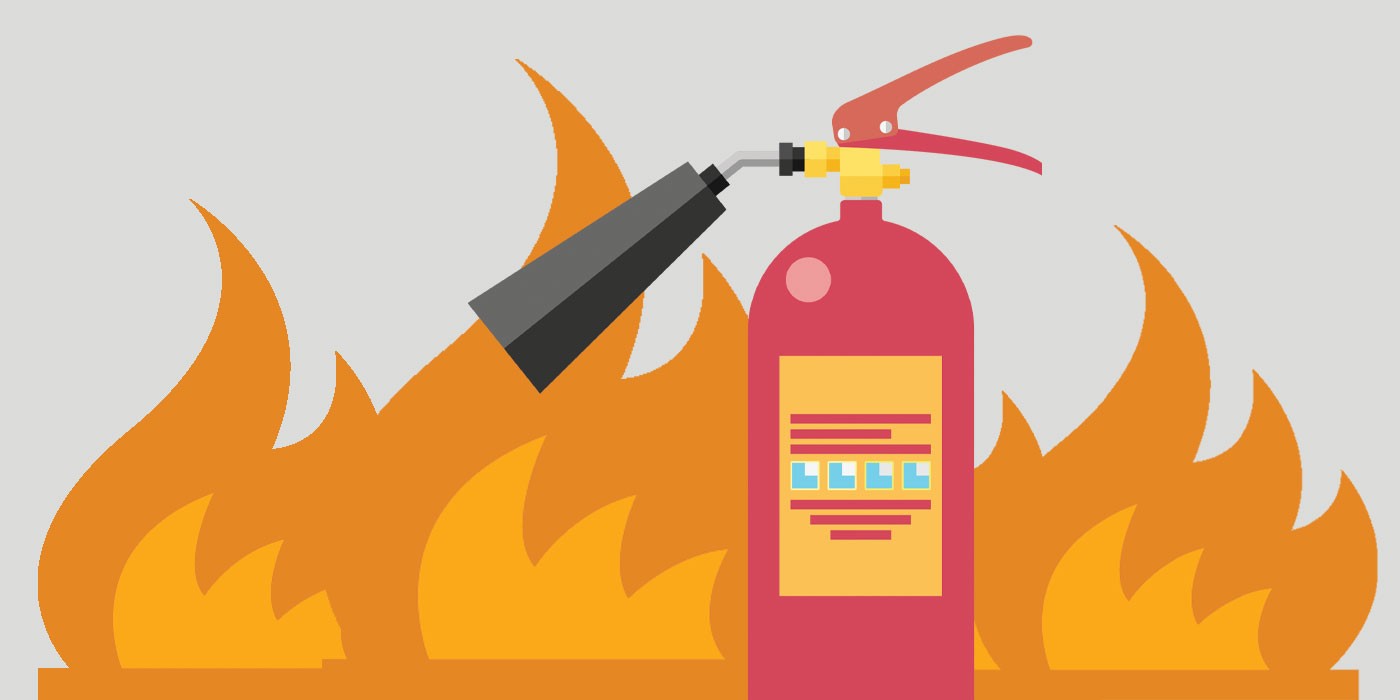Every business in Sydney it is essential to ensure that fire protection isn’t just a legal requirement but a vital part of keeping employees customers, property, and even the employees secured. A fire can cause catastrophic loss in a matter of minutes, however the risks involved could be mitigated or eliminated with the proper security measures put in place. Fire inspections, regular testing and marking of electrical systems and the compliance with CFSP regulations all contribute to ensure a safe environment and ensure businesses remain compliant with local council as well as Building Code of Australia (BCA) standards.
Fire inspections are why they are the cornerstone of safety
Fire inspections are the very first step to protect against dangers. The inspections verify that the fire protection system of the building is current and functioning. In Sydney the business must conduct inspections at least every six months or annually dependent on the type of building and local regulations of the council. Inspections may cover everything from sprinklers and fire alarm systems to smoke detectors, hydrants, and extinguishers.

Inspections are vital because they can detect hidden problems before they become hazardous. Although it may not be a big deal however a minor issue with a fire hydrant, or smoke alarms that are not working, could result in fatality in an emergency. By carrying out regular fire inspections, business owners are not just meeting compliance obligations but actively taking steps to guard their business from unavoidable disasters.
Testing and Tagging: Addressing Hidden Electrical Safety
Electrical systems are one of the leading causes of workplace fires, which is why testing and tagging should always be part of a fire safety plan. It involves checking electrical equipment for safety, to ensure they’re in good working order, are safe and reliable. Following that the tag is visible placed on the device to indicate it’s passed inspection. In many organizations, this is more than a routine requirement it’s a way to protect against dangers that usually go without being noticed.
Old, worn-out, or unchecked cables, appliances that are defective or outdated wiring could quickly turn into fire hazards. Regularly testing and marking decreases the possibility of an electrical issue that could cause an explosion. The employees are also assured that the working environment is safe. This builds a sense of trust and confidence in the workplace. The combination of testing, tagging, and fire inspections to create a comprehensive safety plan which reduces risk on a variety of different fronts.
The function of CFSP for compliance and Certification
In New South Wales only a Competent Fire Safety practitioner (CFSP) is qualified to sign or sign important documents for fire safety, like the annual declarations of fire safety. The CFSP accreditation ensures that only qualified professionals can evaluate and confirm the safety measures for fire. The use of a CFSP assures that reports and inspections aren’t just a piece of paper, but reliable evaluations by experts.
The CFSP’s role goes beyond the simple task of checking boxes. These professionals assess the performance and state of fire protection systems and present detailed reports. They also confirm that the system is in compliance with regulations. Without CFSP certification, companies risk costs, legal issues and even shutdowns if fire protection measures are found to be inadequate. By partnering with professionals accredited in fire safety, you’ll be able to make sure that your fire protection systems are kept in good order. In addition, you’ll be able comply with all compliance requirements without unnecessary anxiety.
Fire Safety is a Constant Engagement
Every business owner is obligated to take on the obligation to ensure that fire safety is a priority. Regular inspections and testing of electrical equipment with proper certification by CFSP ensure a safety loop that will never end. Beyond compliance with the law This continuous process helps create an environment of safety in the workplace. Employees feel more secure knowing that there are clear evacuation procedures, smoke alarms, emergency lighting, and fire suppression systems are in place.
When you consider fire safety an ongoing process, not merely a box to check each year, businesses can reduce risks and improve their standing. If a workplace is geared towards safety, customers and clients are more secure. In the long run, investing in proactive fire protection will save cash by avoiding costly damage and fines or legal battles, while also protecting the lives of all who walks into the building.
Conclusion
Sydney’s fire safety system is a multi-layered process that involves inspections tests, tagging, and testing as well as the professional certification of an CFSP. Each component is vital to making sure that businesses adhere to the regulations, and more importantly, that individuals and their property are safe. When safety becomes a consistent element of daily operations instead of as a secondary consideration, businesses will are not only able to meet their legal obligations, they also make a more secure and durable environment for the next.